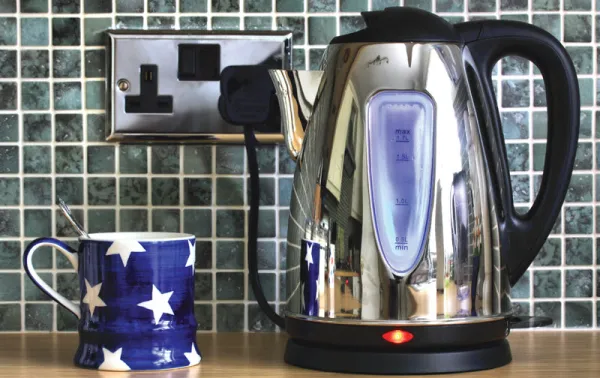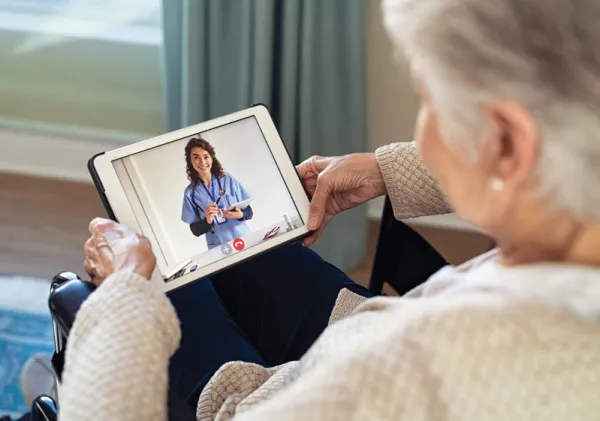Monitor Patients After Discharge With AI-Enabled Home Sensors
Smart kettles measure beverage consumption. Healthcare teams are finding innovative ways to augment their care plans with artificial intelligence (AI). The technology can report helpful, and sometimes critical, information back to medical professionals when their senior patients are at home, which allows the healthcare team to respond in a timely manner. Find out how medical teams in England are using AI to monitor patients recovering at home after hospital discharge. Learn how Hospital Care Teams can Reduce Readmissions Buckinghamshire NHS Trust, in a partnership with Sodexo, started a pilot program in December 2022 to support “frail” patients following hospital discharge to help prevent readmissions. The program is called Onward Care, and it combines “private sector knowledge, resources, and data expertise to bridge the gap between healthcare and social care provision,” according to a press release. During the pilot program, the project supported approximately 140 individuals for 12 weeks after being discharged from the hospital. With the combination of social and remote monitoring services, healthcare professionals estimated that the coordinated strategy helped reduce health inequities and decreased hospital bed use by 77 percent. According to the Buckinghamshire NHS Trust, an estimate of 40 percent of frail patients will be readmitted to the hospital within six months. However, patients supported by the Onward Care program were found to be less likely to require readmission. “We’re really proud of this service and the achievements over the last 12 months,” said Adrian McCourt, managing director of Onward Care for Sodexo in a statement. “It’s been great being able to work so closely with the team at Buckinghamshire Healthcare NHS Trust to develop the service. Our collaborative approach identifies patients pre-discharge, in a way that minimizes demands on ward time and provides integration that connects and empowers patients to access existing local services,” McCourt continued. “We can then use data to predict readmissions and target resources at those who will benefit most.” Track Food and Beverage Consumption With AI The NHS Trust pilot program used technology produced by MiiCare to track the patient’s beverage and food consumption. AI-enabled electronic sensors attached to refrigerator doors and electric kettles tracked patterns in eating and drinking habits. If there was a noticeable change in the patterns, then the Onward Care team was alerted so they could notify the necessary healthcare providers. The sensors communicate with an AI assistant named Monica. Monica is being developed by MiiCare, Connected Places Catapult, and the De Montfort University Leicester Centre for Primary Care Research. The voice-based AI assistant operates like Amazon’s Alexa and helps senior citizen patients feel less alone in their homes when recovering after discharge. Monica also keeps track of the patient’s activity levels and will prompt the patient if their activity deviates from normal behavior. Ask AI for Assistance The American Medical Association (AMA) classifies AI into three main categories, depending on “the clinical procedure or service provided to the patient and the work performed by the machine on behalf of the physician or other qualified healthcare professional (QHP).” The AI categories are: Assistive: The work is done by the machine to only detect clinically relevant data. A physician or other QHP is required to interpret the data and report the results. Augmentative: The computer performs the work and analyzes or quantifies the data “to yield clinically meaningful output,” according to Appendix S in the CPT® code set. This category also requires a physician or QHP to interpret and report the data. Autonomous: The AI performs the work, then automatically analyzes the data, interprets the information, and produces clinically relevant conclusions independently without physician or QHP involvement. The AI used in the Onward Care program falls under the assistive AI hierarchy since the technology detects anomalies in the patient’s regular schedule and notifies the healthcare team. Once the medical team has the information, they’ll decide on the best course of action and act accordingly to ensure the patient receives the care they need. Stay tuned to Tech & Innovation in Healthcare for more information as AI continues to evolve in healthcare.


